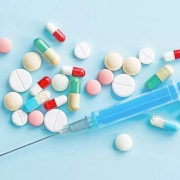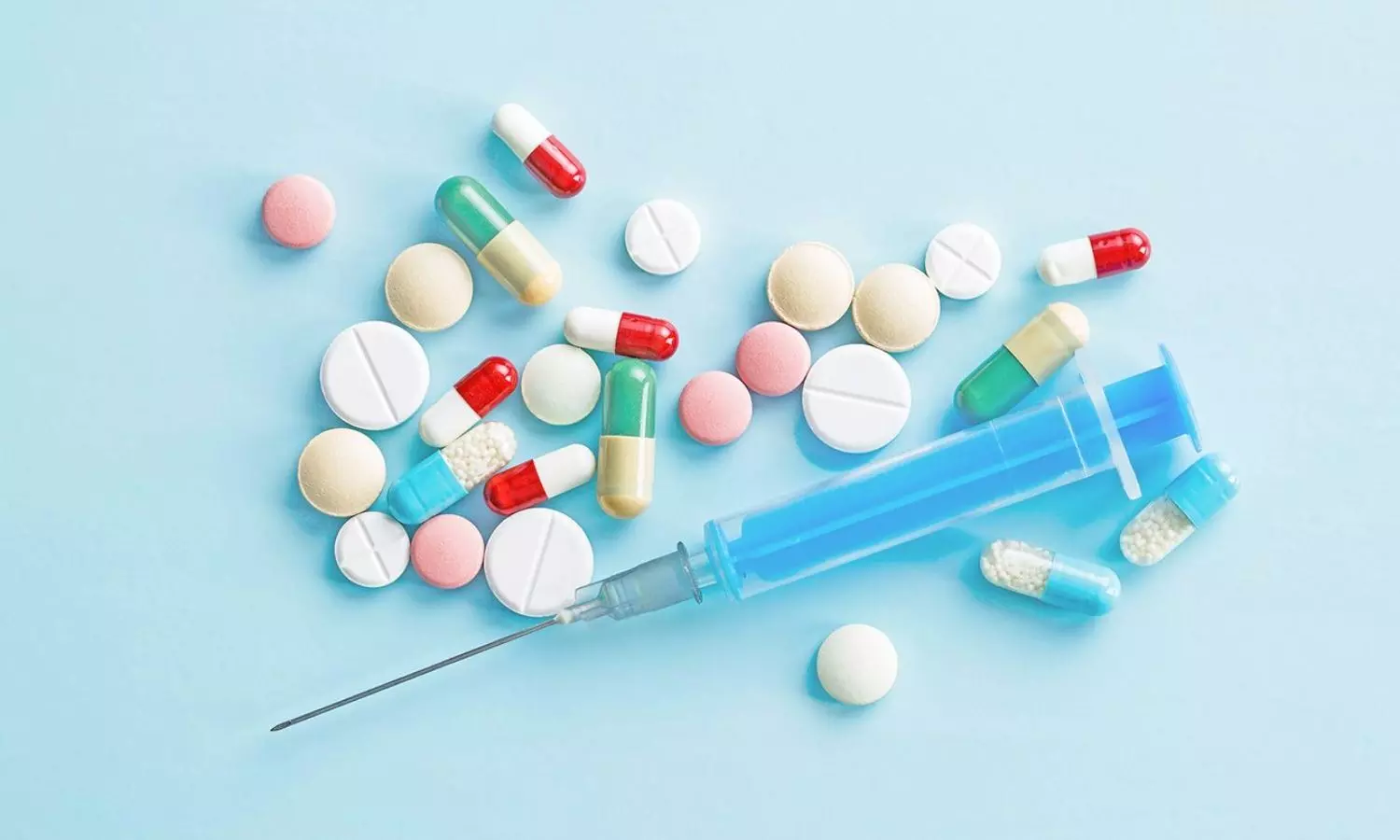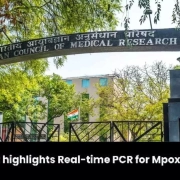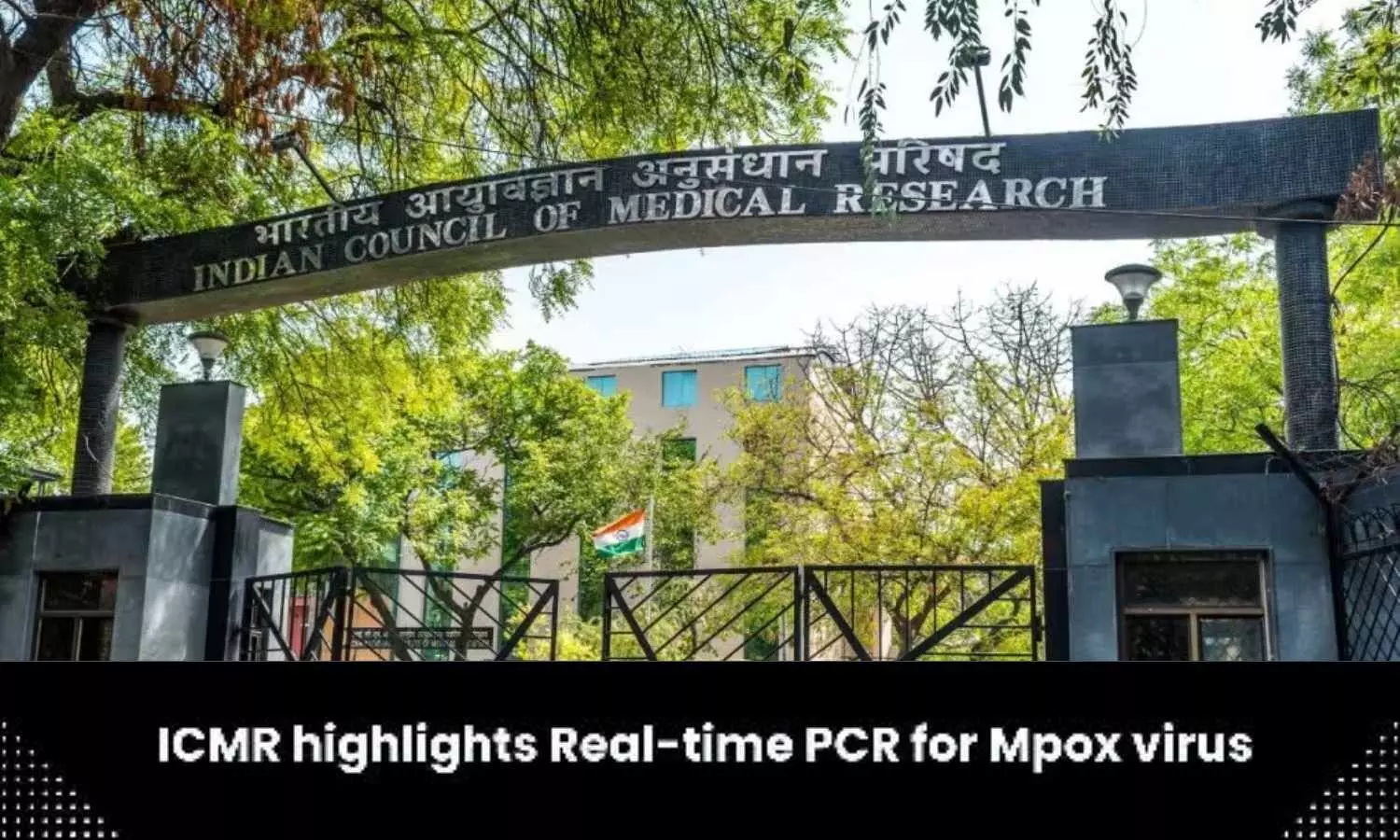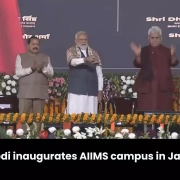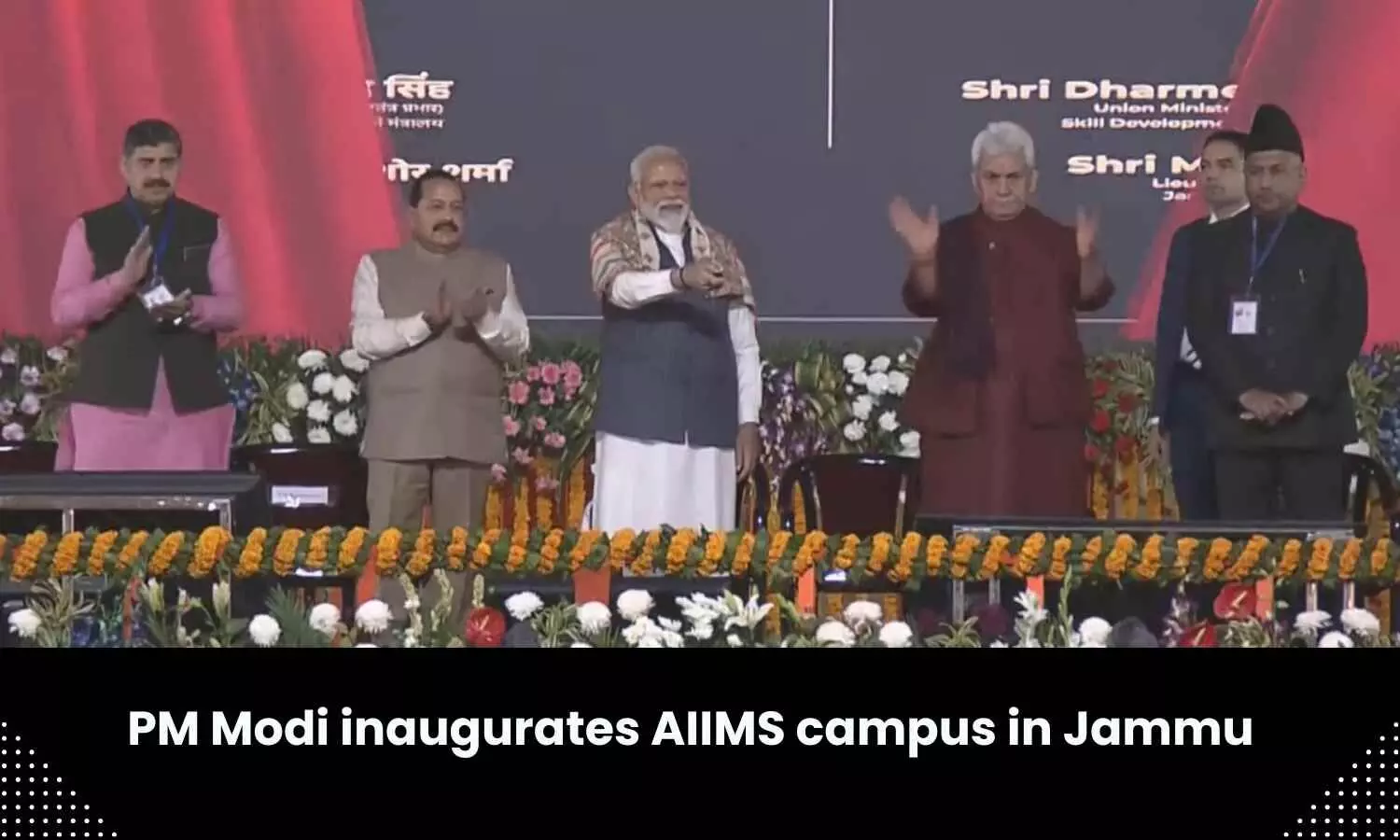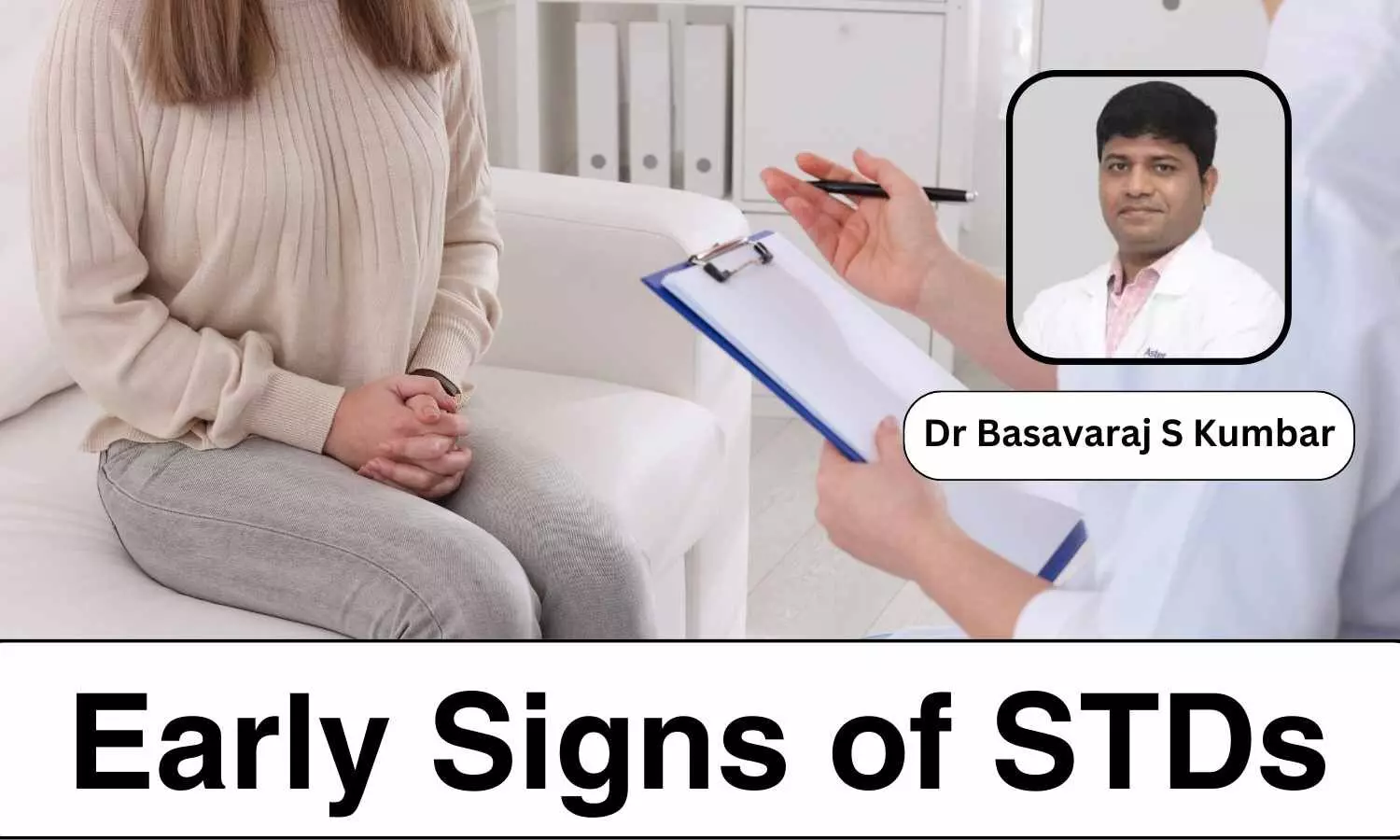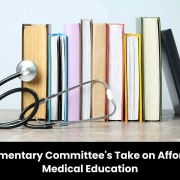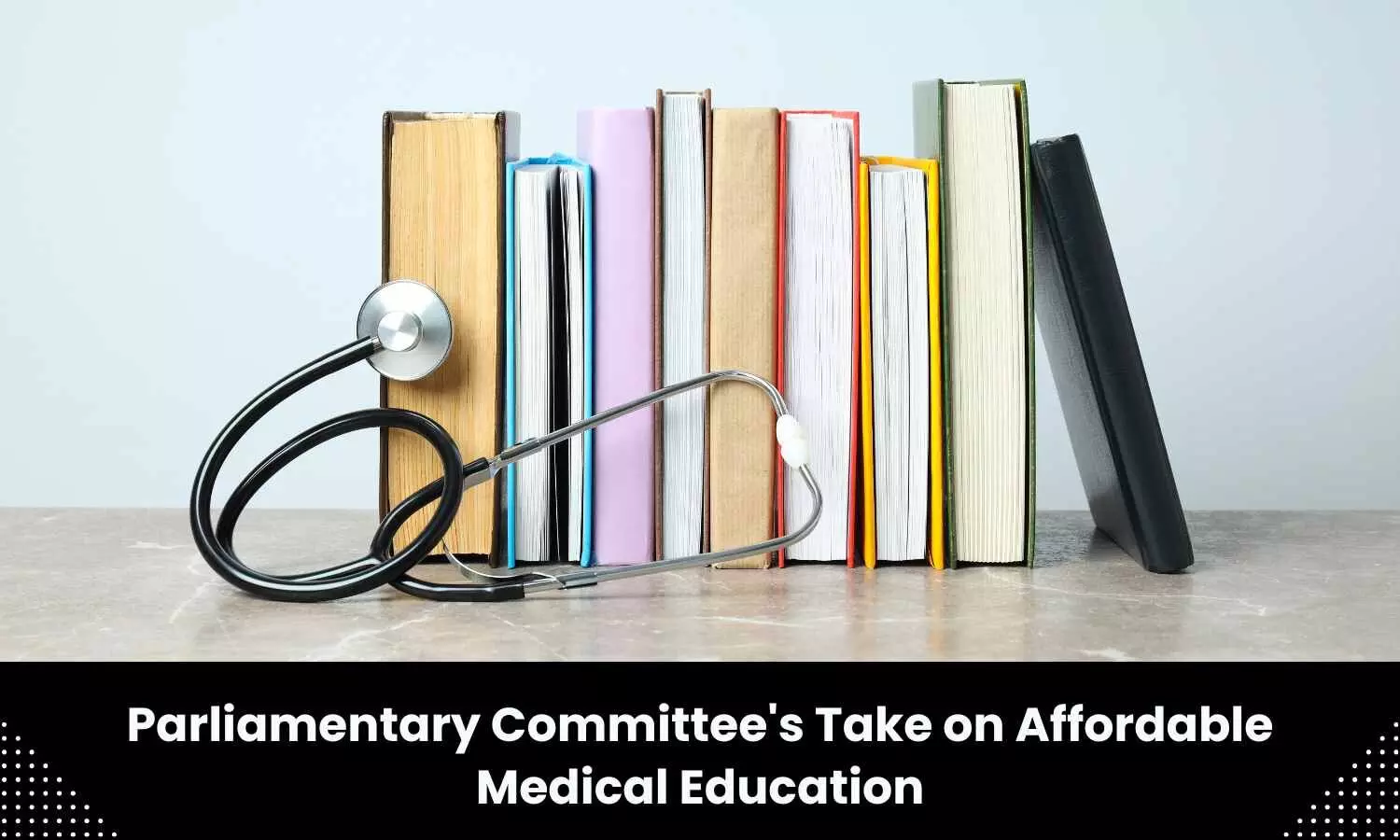Novel oral intragastric expandable capsules can revolutionize weight loss management in obese patients: Study

China: A recent study published in Diabetes, Obesity and Metabolism has shed light on the safety and efficacy of intragastric expandable oral capsules in adults with overweight or obesity.
The 24-week trial comprising overweight/obese participants showed that 2.24 g of twice-daily intragastric expandable capsules taken before meals led to a clinically meaningful reduction in body weight compared with placebo, with mild gastrointestinal adverse events.
Obesity is a chronic disease in which body weight exceeds a certain threshold because of the accumulation of adipose tissue, potentially leading to cardiovascular disease, type 2 diabetes, mood disorders, and even malignancy. Among several weight loss therapies, the most common are lifestyle and diet modifications but fail in the long term. Anti-obesity pharmacotherapies have shown efficacy in weight reduction, but side effects occur.
The increasing population of overweight/obese individuals urgently calls for multiple choices of weight management pharmacotherapies. Therefore, Xiaohui Guo, Department of Endocrinology, Peking University First Hospital, Beijing, China, and colleagues aimed to assess the safety and efficacy of 2.24 g intragastric expandable capsules twice per day versus placebo for weight management in adults with overweight or obesity in a double-blind, placebo-controlled study.
The study included adults with a body mass index (BMI) of at least 24 kg/m2 and no more than 40 kg/m2. A total of 280 participants were recruited from six hospitals in China and were assigned in a ratio of 1:1 to receive 2.24 g oral intragastric expandable capsules or placebo for 24 weeks.
Coprimary endpoints were the percentage change from baseline in body weight and the rate of weight reduction of ≥5%, assessed using the full analysis set and per protocol set.
Intragastric expandable capsules comprised two naturally derived components, food-grade carboxymethylcellulose cross-linked with citric acid, producing a three-dimensional polymer matrix that rapidly absorbs water and occupies the volume of the small intestine and stomach, when orally administered with water before a meal, subsequently producing satiety.
The study led to the following findings:
- At baseline, the mean body weight was 81.8 kg, and the mean BMI was 29.4 kg/m2. The mean body weight change at week 24 was −4.9% with intragastric expandable capsules versus −1.9% with placebo [estimated treatment difference (ETD) −3.0%] using the full analysis set and −6.1% versus −2.5% (ETD −3.6%), respectively, using the per-protocol set.
- The percentage of participants who had weight loss exceeding 5% was 45.0% in the intragastric expandable capsule group versus 19.7% in the placebo group (ETD 25.3%) in the full analysis set and 55.9% versus 26.2% (ETD 29.6%), respectively, in the per-protocol set.
- Waist circumference significantly decreased at week 24 (intragastric expandable capsules vs. placebo: −5.6 ± 8.3 cm vs. −2.9 ± 4.8 cm).
- The most common adverse events associated with the use of intragastric expandable capsules were gastrointestinal disorders (intragastric expandable capsule vs. placebo, 25.0% vs. 21.9%), and most were mild and transient.
In the 24-week trial, including participants with obesity or overweight, 2.24 g twice daily intragastric expandable capsules led to a clinically meaningful reduction in body weight compared with a placebo.
“Our study proved the efficacy of once-daily oral intragastric expandable capsules, in combination with counselling for physical activity and diet, resulting in significantly higher weight reduction at week 24 compared with placebo, with mild gastrointestinal adverse events,” the researchers concluded.
Reference:
Lu D, Yuan Z, Guo X, Zhu L, Zhang F, Li X, Wang W, Lin H, Luo J. Efficacy and safety of intragastric expandable oral capsules in adults with overweight or obesity: A randomized, double-blind, placebo-controlled trial. Diabetes Obes Metab. 2024 Jan 22. doi: 10.1111/dom.15418. Epub ahead of print. PMID: 38253466.
Powered by WPeMatico


